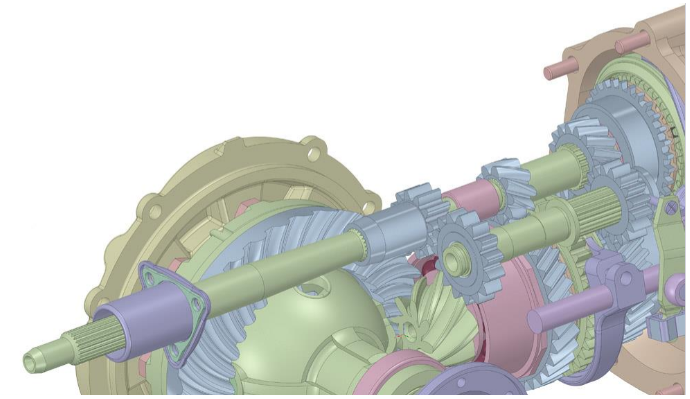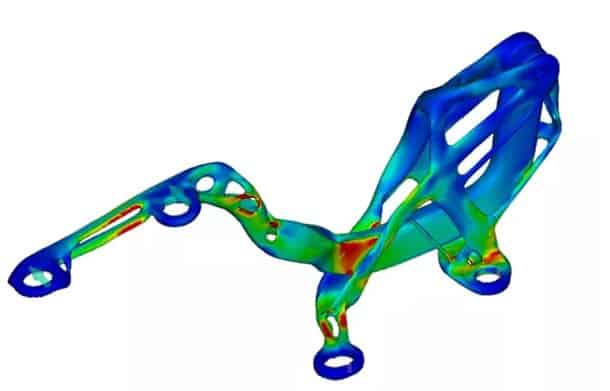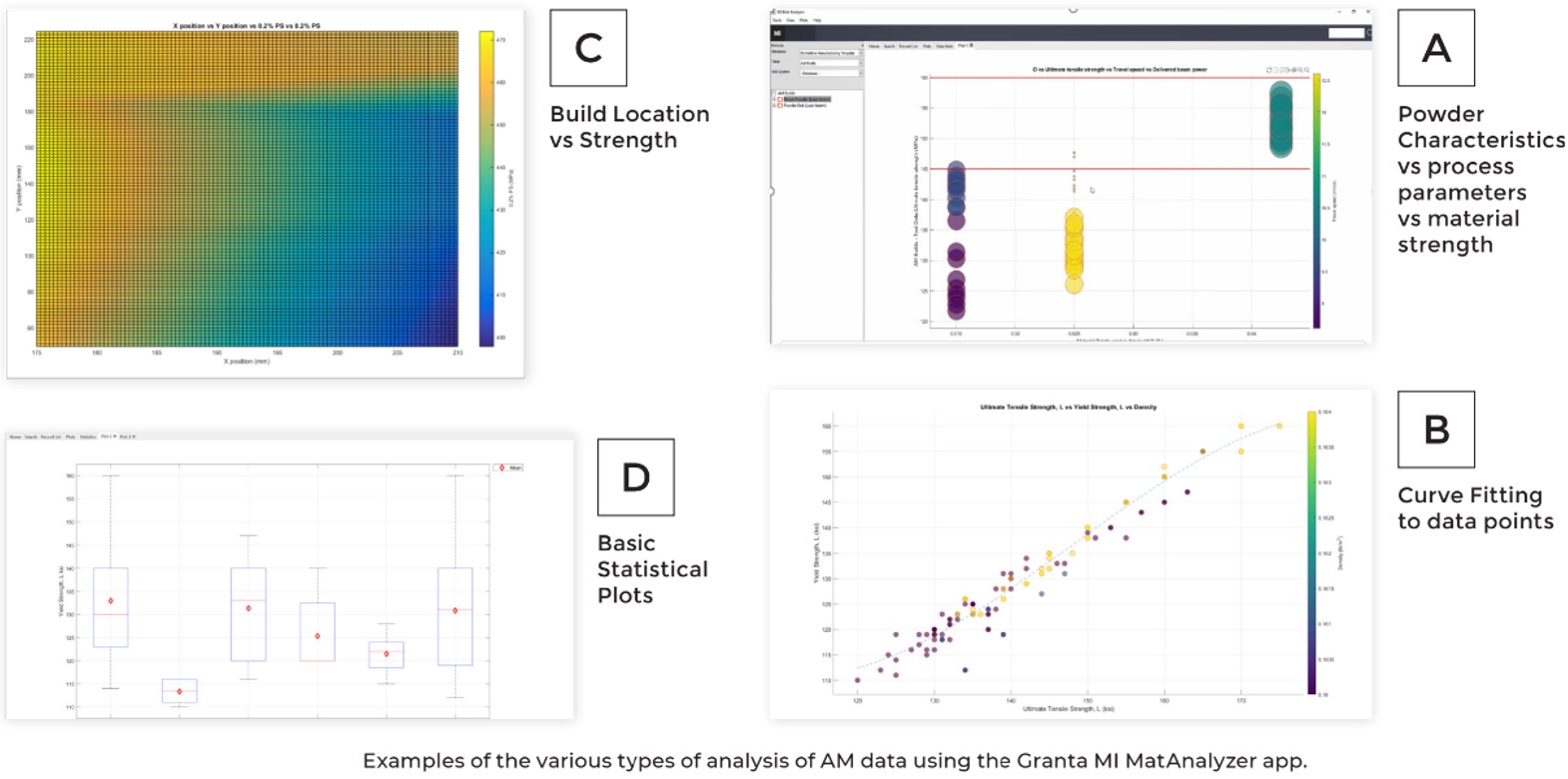Like other manufacturing industries, mining operations underwent mechanization and automation.
All facets of mining operations, including coal extraction, wall and roof security, and transportation, are mechanized and automated. The high degree of mechanization and automation made it possible to merge numerous independent tasks into a single process.
Continuous mining, for example, integrates cutting, drilling, blasting, and loading processes into a single operation. An illustration of such an integrated process is the long-wall system, which comprises of a haulage system, a coal mining machine, and a support system.
The adoption and productivity of the modern, fully mechanized long-wall mining have grown quickly in the USA.
While there were only 50 long-walls set ups in 2005, they nevertheless accounted for 52% of total coal production, down from the 76 long-walls shearer assemblies that provided 4% of underground coal mining production in 1975.
Pre-shearer machines and fully automated long-wall plows, like those found in the former US Steel two coal mines in southern West Virginia, were among the technologies deployed. Long-wall technology, which included automated coal extracting devices or shearers, replaced mechanized plow systems.
Longwall Shearers & Double-Ended Ranging Drum Design
The functionality and structural design of the shearers have experienced constant improvements, moving from a fixed drum to a ranging drum and most recently to a double-ended ranging drum design with thinner and modular construction.
As a result of technology advancement, shearer hauling has evolved from a chain-based method to one that is chainless, improving both efficiency and safety. The shearers can be controlled remotely in automatic or semi-automatic modes.
Data processing, communication, and troubleshooting were all improved. A vendor service engineer can use internet access to externally diagnose long wall shearers and shields. Almost all supervisors have robust computers so they can track time, purchase supplies and parts, etc.
The present long-wall shearer assembly design has a production capacity of up to 7K tons per hour.
The long-wall equipment has gotten bigger and more powerful with higher levels of automation complexity and dependability. Mining productivity was greatly increased by mechanizing and automating the processes, notably with long-wall technology.
According to the most recent data, output rates are at about 5.3 tons per man hour, or ~ 12K tons per man year. Nearly all US mining operations now use contemporary long-wall mining techniques that are highly automated, capital-intensive, and mechanized.







